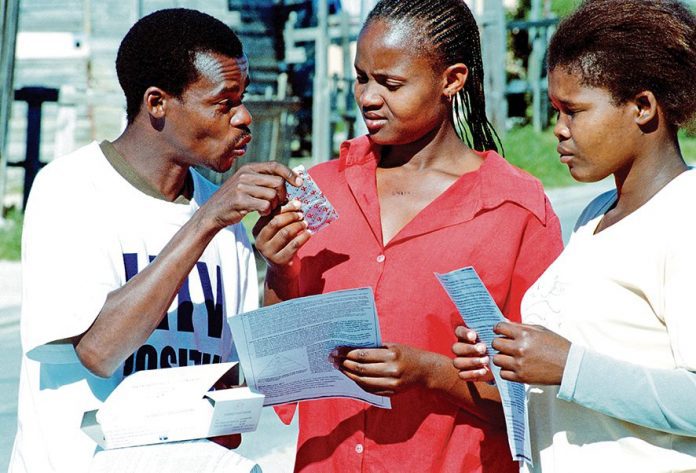Mpumalanga, Eastern Cape, Free State and KwaZulu-Natal top the list in the country when it comes to the number of people living with HIV.
The shocking results were revealed on Wednesday in Durban by the Human Sciences Research Council (HSRC) and form part of it 6th South African National HIV Prevalence, Incidence and Behaviour and Communication Survey.
The survey is designed to provide information on national and sub-national progress towards the control of the HIV pandemic in the country.
According to professor Khangelani Zuma, the HSRC’s executive director and principal investigator of the survey, HIV prevalence is higher among young women from the ages of 15-19 when compared to their male counterparts in the same age group.
“Among females, HIV prevalence was the highest in ages 35-39 years at 34.2%, whereas among males, HIV prevalence was highest in ages 45-49 years at 27.1%,” said Zuma.
“Pronounced differences in HIV prevalence by sex were seen among younger populations.
“Compared to males, HIV prevalence was approximately twofold higher [among those] aged 15-19 [5.7% vs 3.1%] and 20-24 years [8% vs 4%], and threefold higher in females aged 25-29 years [19.5% vs 6.3%],” shows the survey.
Zuma pointed out that older males who sleep with younger females continue to drive new HIV infections, saying more efforts and resources should be channeled towards addressing the phenomenon.
Young girls sleeping with older men
Zuma explained: “The problem we have as a society is girls having sex with older males. More often than not, in these relationships power dynamics are at play.
“For younger females, it is mostly difficult to negotiate condom use. We need to deal with older males having unprotected sexual contact with younger females in order to break the cycle.”
Also driving HIV infections among younger people is that their viral load suppression is lower because they either default on HIV drugs and some do not know their HIV status.
While the four provinces lead the pack in HIV prevalence, Zuma noted that it is not all doom and gloom, noting that a bigger chunk of the provinces recorded a higher percentage of viral load suppression, which has reduced the number of new infections.
“The message we should be driving is that of getting more people tested and linked with treatment. We should also not be complacent.”
KwaZulu leads the pack in HIV prevalence at 21.8% followed by Mpumalanga (20.8%), Eastern Cape (18.8%), and Free State at 19.1%.
The other problem facing the country, according to the HSRC, is males who are reluctant to test for HIV.



